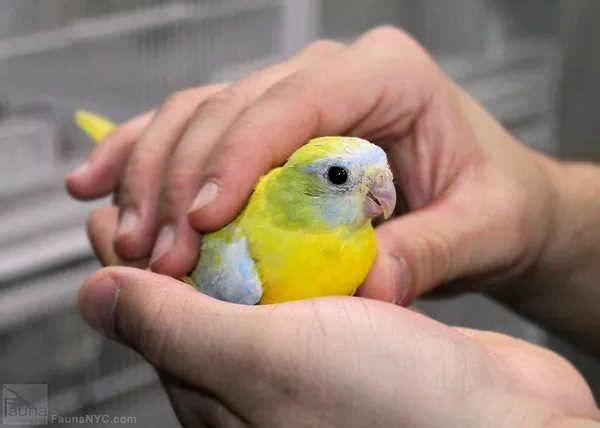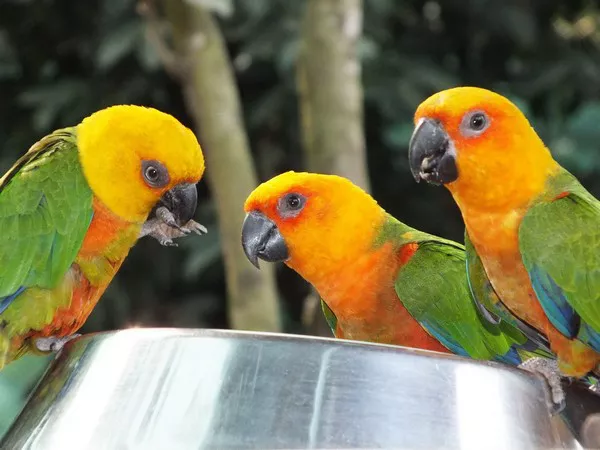African Gray Parrots, renowned for their high intelligence and captivating personalities, are among the most popular parrot species kept as pets. These birds are not only known for their remarkable ability to mimic sounds and speech but also for their unique reproductive behaviors. One common question that often arises among African Gray Parrot caregivers is whether these birds can lay eggs without mating. In this article, we will explore the fascinating world of African Gray Parrots and shed light on their reproductive behaviors, including the possibility of egg-laying without mating.
Understanding African Gray Parrots
Before we dive into the topic of egg-laying, let’s familiarize ourselves with these remarkable birds:
Species Varieties:
African Gray Parrots are divided into two main species: the Congo African Gray (Psittacus erithacus erithacus) and the Timneh African Gray (Psittacus erithacus timneh). Both species share many characteristics but differ slightly in size, coloration, and distribution.
Appearance:
African Gray Parrots are predominantly gray in color, with a striking red tail. They have white facial feathers and a distinctive bare patch of skin around their eyes, which can change color depending on their mood.
Intelligence:
African Gray Parrots are renowned for their exceptional cognitive abilities. They are considered one of the most intelligent bird species, capable of complex problem-solving, mimicry, and even understanding and using human language.
Reproductive Behavior of African Gray Parrots
African Gray Parrots, like many other parrot species, have distinctive reproductive behaviors. These behaviors are influenced by various factors, including hormonal changes, environmental conditions, and the presence of a mate. Here are some key aspects of their reproductive behavior:
Seasonal Breeding:
African Gray Parrots typically exhibit seasonal breeding behaviors, which can be triggered by changes in daylight hours and environmental factors. Breeding season may vary depending on the specific region and individual parrot.
Courtship:
During the courtship phase, male and female African Gray Parrots engage in various behaviors to establish a bond. This may include mutual preening, vocalizations, and displaying their plumage.
Nesting:
African Gray Parrots are cavity nesters, meaning they seek out hollows or crevices to build their nests. In captivity, they may use nest boxes if provided.
Egg-Laying:
Female African Gray Parrots lay eggs, usually one at a time, with the possibility of a second egg following after a brief interval.
The presence of a mate or the perception of a mate (even in the absence of physical mating) can stimulate egg-laying.
Can African Gray Parrots Lay Eggs Without Mating?
Yes, female African Gray Parrots have the biological capability to lay eggs without mating with a male, a phenomenon known as “parthenogenesis.” Parthenogenesis is a natural reproductive strategy observed in some bird species, including parrots. During parthenogenesis, an unfertilized egg can develop into an embryo and hatch into a chick.
However, parthenogenesis is relatively rare in African Gray Parrots and is more commonly observed in species where it serves as a survival strategy in the absence of males. In African Grays, the occurrence of parthenogenesis is infrequent, and it is not a guaranteed outcome.
It’s important to note that while parthenogenetic eggs can develop into embryos, these embryos are typically not viable and may not develop fully. In most cases, parthenogenetic eggs do not result in successful hatchlings.
Conclusion
African Gray Parrots, with their complex reproductive behaviors and remarkable intelligence, have the biological capability to lay eggs without mating through a process known as parthenogenesis. However, this phenomenon is relatively rare and does not commonly result in viable hatchlings in this species. As caregivers of African Gray Parrots, it’s essential to provide appropriate care, nutrition, and a stimulating environment to support their well-being, whether or not they engage in reproductive behaviors. Understanding their unique characteristics and behaviors can help ensure a healthy and happy life for these captivating birds.
Related Topics:
























